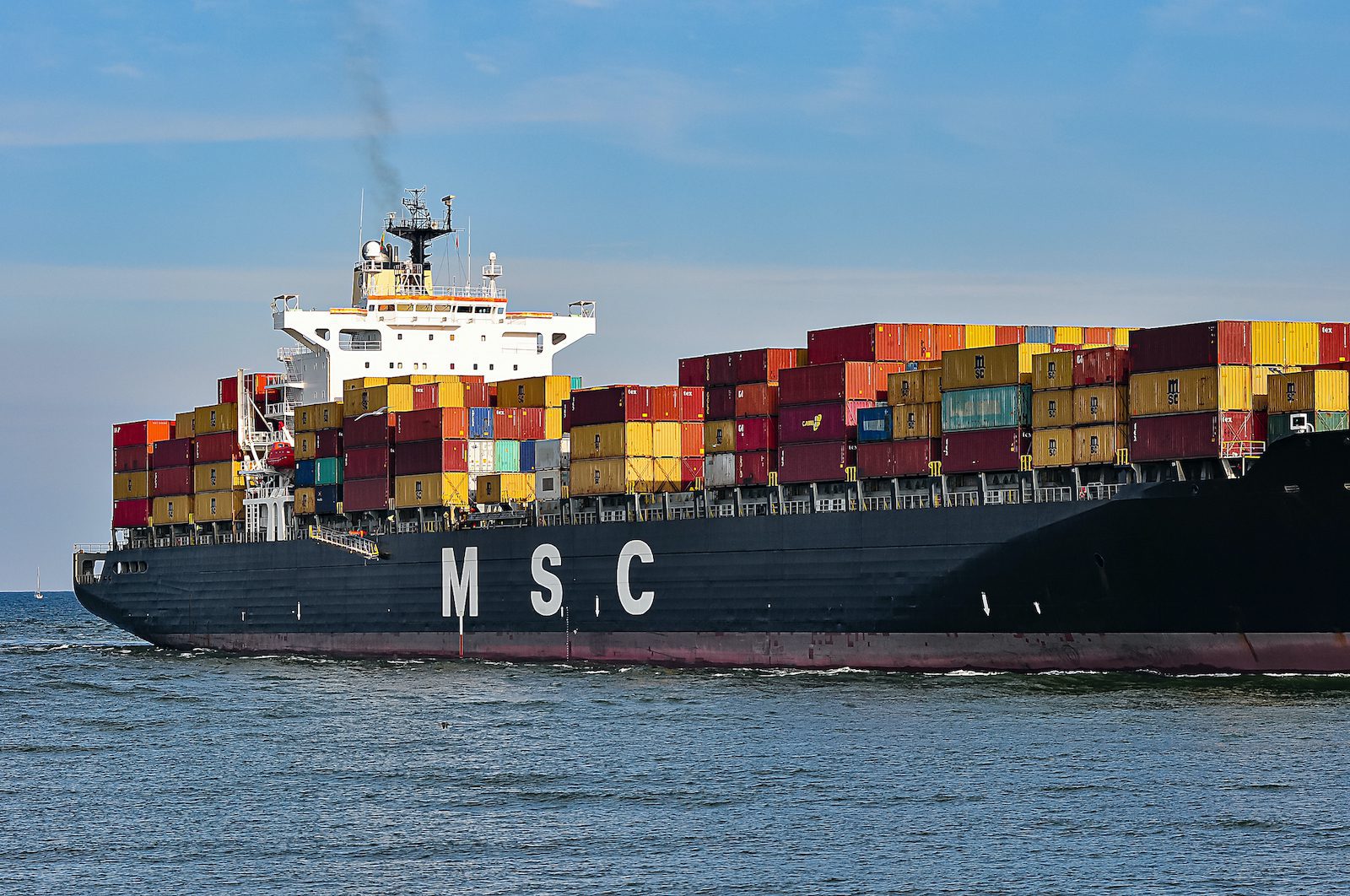LONDON, Dec 18 (Reuters) – London’s marine insurance market has widened the area in the Red Sea it deems as high risk after a surge in attacks on commercial ships, according to a statement issued on Monday.
Guidance from the Joint War Committee (JWC), which comprises syndicate members from the Lloyd’s Market Association (LMA) and representatives from the London insurance company market, is watched closely and influences underwriters’ considerations over insurance premiums.
The JWC widened the high risk zone in the Red Sea to 18 degrees north from 15 degrees north previously, the statement said.
“In many ways it’s to reflect the missile range more than anything,” said Neil Roberts, head of marine and aviation at the LMA, which represents the interests of all underwriting businesses in Lloyd’s.
“But it’s an alert for insurers rather than owners who are very aware of the risks as demonstrated by the re-routing of ships in numbers,” Roberts told Reuters.
gCaptain’s full coverage: Red Sea Shipping Attacks
Iran-backed Houthi militants in Yemen have stepped up attacks on vessels in the Red Sea to show support for Palestinian Islamist group Hamas following the start of Israel’s military campaign in Gaza.
Apart from trying to seize vessels, the Houthis have fired missiles at ships sailing past the Yemen coast towards the critical Bab al-Mandab gateway’ prompting some shipping companies to re-route vessels via the Cape of Good Hope.
Ships must notify their insurers when sailing through such areas and pay an additional premium, typically for a seven-day cover period.
RISING COSTS
The cost of shipping goods through the Red Sea has risen in recent days.
War risk premiums have risen to around 0.5%-0.7% of the value of a ship from 0.07% in early December, according to market estimates on Monday.
While various discounts would be applied, this still translates into tens of thousands of dollars of additional costs for a seven-day voyage.
The extension of waters deemed high risk was a “welcome addition,” said Munro Anderson, head of operations at marine war risk & insurance specialist Vessel Protect, part of Pen Underwriting. “Commercial operators are now afforded a degree of comfort in knowing that there is a consistency of cover throughout the risk area.”
The JWC also slightly amended the high risk zone near Eritrea to 18 degrees north from 15 degrees north, the statement showed.
“They might face contingent problems from missiles. It’s a fluid situation and unpredictable and it’s best if we keep it in people’s minds,” the LMA’s Roberts said, referring to waters near Eritrea.
There were also fears Somali gangs might be trying to disrupt shipping after European naval officials said a commercial ship, the Ruen, may have been hijacked last week.
“Before the MV Ruen, insurers were minded to tighten up the Indian Ocean area nearer to the Somali coast,” Roberts said. “Events show insurers still need to be aware and the assureds need clarity. So, the area was left unchanged to the south and east.”
The JWC usually meets quarterly to review areas it considers high risk for merchant vessels and prone to war, strikes, terrorism and related perils.
(Reporting by Jonathan Saul; Editing by Alison Williams and Timothy Heritage)
(c) Copyright Thomson Reuters 2023.

 Join The Club
Join The Club












